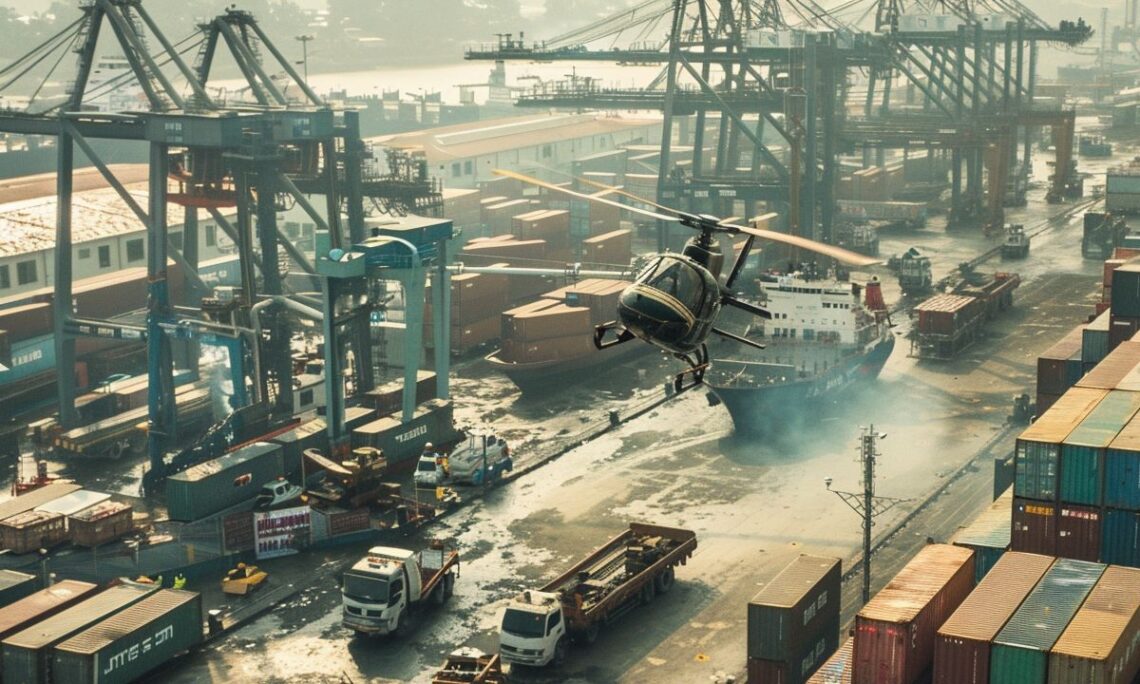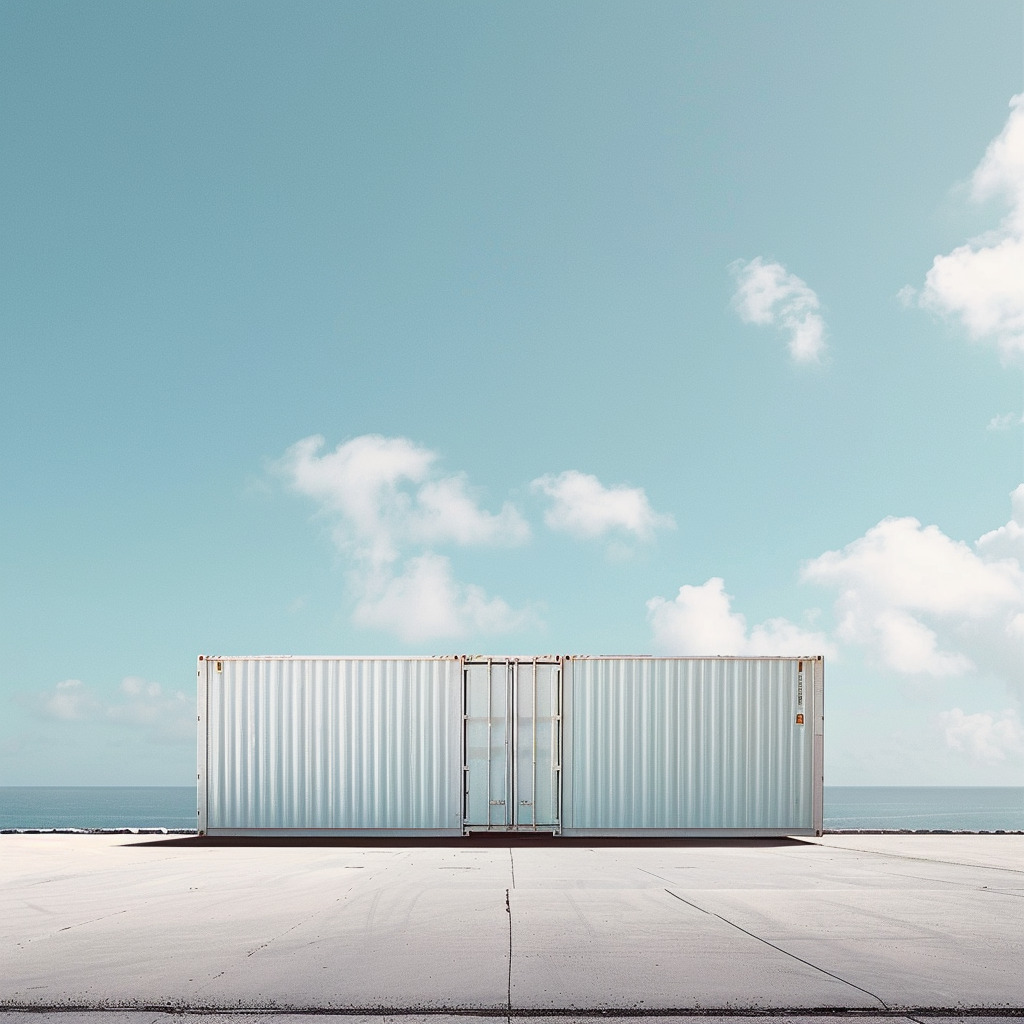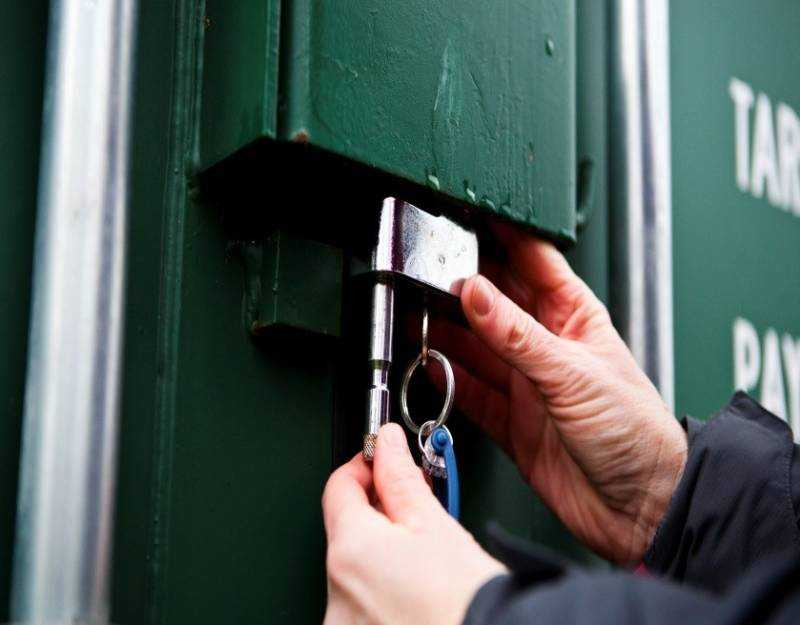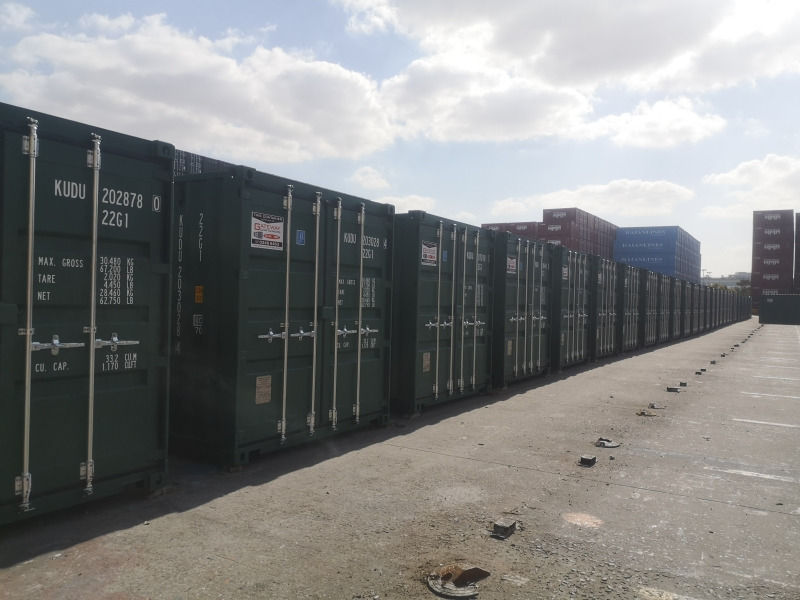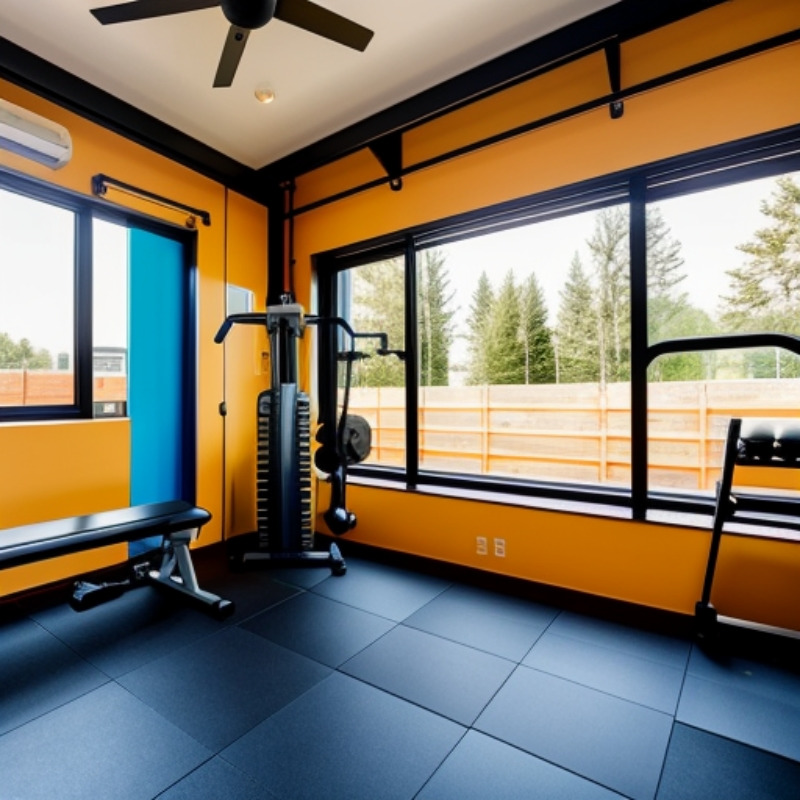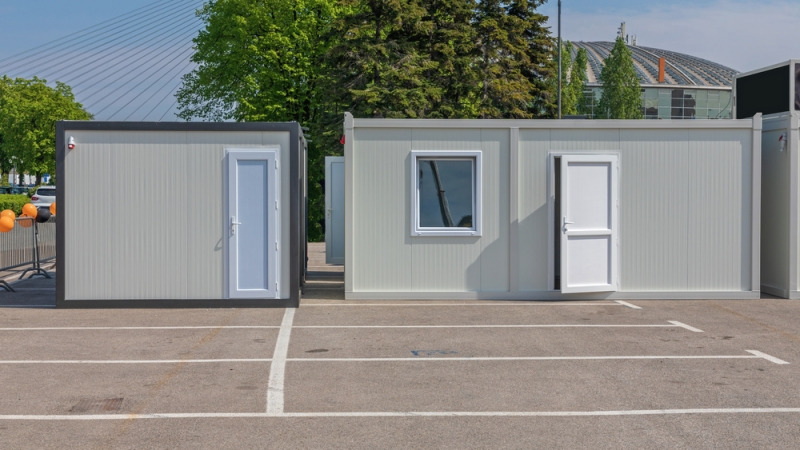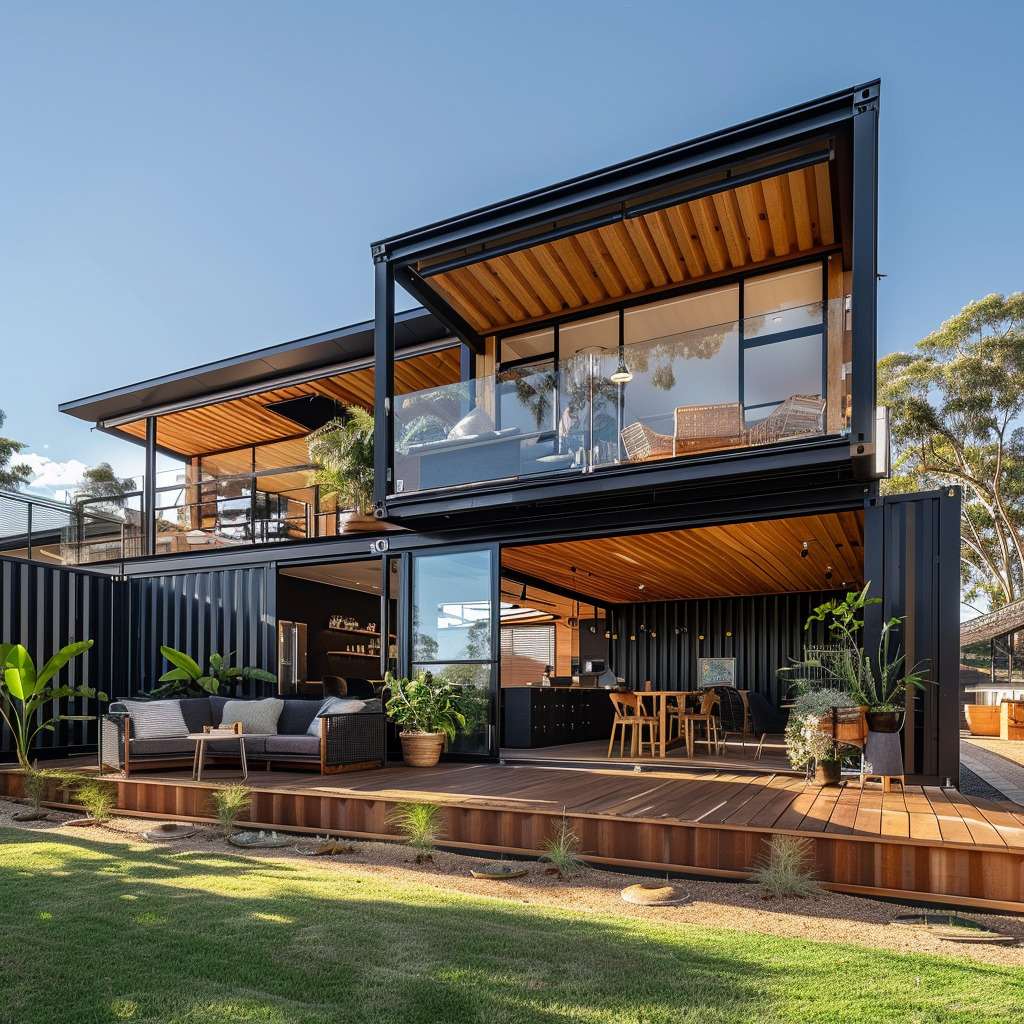
Yes, You Can Build a Container Home in Australia: A Zoning Guide
Thinking of joining the container home movement in Australia? Absolutely, you can do it! But first, let's talk zoning laws - the rules that can make or break your project. These local regulations cover everything from how big your container can be to where it can sit and even what it should look like. It might seem like a lot to handle, but fear not! We’re here to help you navigate every step, from getting the right approvals to making sure
